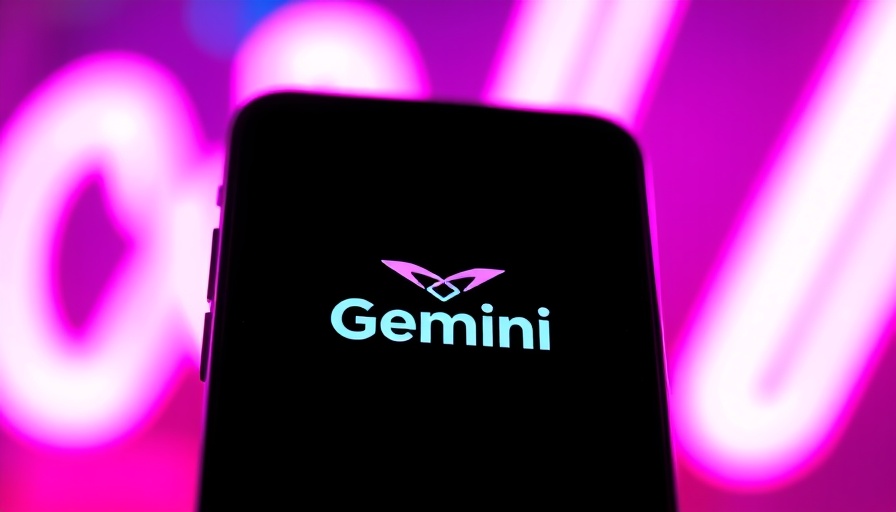
How LinkedIn's Predictive Audiences Are Transforming Advertising
In a world saturated with advertising, the ability to reach the right audience is more crucial than ever. LinkedIn's latest feature, Predictive Audiences, harnesses the power of artificial intelligence (AI) to refine ad targeting, making it easier for marketers to connect with potential customers. This innovative tool uses AI to analyze both your engagement data and broader LinkedIn insights to create audience profiles that predict which segments are most likely to take action, thus enhancing your marketing strategy.
Unlocking New Opportunities for Marketers
Previously reliant on more traditional lookalike audience strategies, which used a static method to identify potential customers, LinkedIn’s Predictive Audiences goes a step further. By analyzing dynamic data such as ad clicks and conversions alongside users' behavior patterns, this AI-driven tool provides marketers with a deeper understanding of their audiences. This capability is especially valuable for businesses in the B2B sector, where the complexities of audience identification can often impede campaign success.
The Value of Enhanced Targeting Capabilities
Early adopters of these AI-powered tools have reported significant improvements. LinkedIn states that using Predictive Audiences for lead generation purposes led to an impressive 21% reduction in cost-per-lead (CPL). By being able to merge your own data sources—such as company lists or retargeting sources—with LinkedIn’s insights, advertisers can maximize their ad spend and efficiency. This advancement not only helps in reducing costs but also increases the effectiveness of overall marketing campaigns.
A Stepping Stone for Future Campaigns
The evolving landscape of digital marketing presents challenges, particularly in B2B sectors where tighter budgets and data privacy regulations reign. LinkedIn’s Predictive Audiences emerge as a solution, enabling companies to navigate these complexities with more aligned targeting strategies. This feature not only amplifies existing customer data but enables organizations to reach high-intent audiences more effectively. As businesses prepare for Q4 and beyond, integrating predictive analytics into their campaigns could provide them with a competitive edge.
Embracing Predictive Audiences: What Marketers Should Know
For parents and community-focused individuals who may be venturing into business or looking to understand the latest marketing trends, the implications of predictive audiences are significant. Not only does this innovation aim to streamline business processes, but it also emphasizes the importance of using data responsibly and effectively. As you consider how to implement these insights, remaining informed about data practices and user privacy is paramount—especially in today’s digital climate.
Final Thoughts: Adapting to a Data-Driven Future
With the onset of AI-driven tools reshaping how brands approach marketing, it’s vital for businesses, particularly in family or community-focused sectors, to adapt and embrace these changes. Marketers can utilize LinkedIn’s Predictive Audiences to craft targeted strategies that resonate with potential customers, paving the way for stronger connections and successful campaigns.
As you analyze your marketing strategies, consider how integrating these predictive insights can elevate your brand's outreach. Begin exploring potential audience segments today—your next successful campaign may just be a click away.
 Add Row
Add Row  Add
Add 




Write A Comment